Black Java Plum Tree Live Plant – 7-12 Inch Sweet Malabar Plum Fruit Tree
Original price was: $35.99.$21.99Current price is: $21.99.
Grow your own Black Java Plum tree and enjoy its deep purple, sweet-tart fruits. This tropical evergreen is adaptable and offers numerous health benefits. Perfect for warm climates!
Estimated arrival
Dec 13
Dec 18 - Dec 20
Dec 23 - Dec 27
Reasonable Price
We offer reasonable price

Support 24/7
Contact us 24 hrs a day

100% Money Back
You've 30 days to Return

Payment Secure
100% secure payment
Grow Your Own Black Java Plum Tree
The Black Java Plum Tree, also known as Jamun, is a tropical evergreen that produces delicious, deep purple fruit. This guide provides everything you need to cultivate your own fruit-bearing tree. Thriving in warm, humid climates, this tree is a beautiful and beneficial addition to any garden.
Optimal Growing Conditions
For best results with your Black Java Plum Tree, ensure it receives full sun, ideally 6-8 hours daily. The tree prefers loamy, slightly acidic to neutral soil with good drainage. Regular watering is crucial for young trees, while mature trees exhibit drought tolerance. Fertilize 2-3 times during the growing season with a balanced fertilizer.
Pruning and Harvesting
Light pruning helps shape the tree when young, while removing dead or diseased branches promotes better fruiting. Harvest the fruits in summer to early fall when they turn deep purple or black and drop naturally. Remember to wear gloves during harvesting due to the staining nature of the fruit.
Benefits of Growing Black Java Plum
Growing a Black Java Plum Tree offers numerous advantages. The tree provides shade, enhances your landscape, and yields nutritious fruit rich in health benefits. The tree’s bark, leaves, and seeds also have traditional medicinal uses.
Frequently Asked Questions
- What is the ideal USDA zone for planting a Black Java Plum Tree? The Black Java Plum Tree thrives best in USDA zones 10-12, but can survive in zone 9 with frost protection.
- How much sunlight does a Black Java Plum Tree need? This tree requires full sun exposure, needing at least 6-8 hours of direct sunlight each day for optimal growth and fruit production.
- What type of soil is best for my Black Java Plum Tree? It prefers loamy, slightly acidic to neutral soil with a pH between 6.0 and 7.5, but it is adaptable to different soil types as long as drainage is good.
- How often should I water my Black Java Plum Tree? Water young trees regularly to keep the soil moist but not soggy. Mature trees are drought-tolerant but benefit from regular watering, especially during fruit development. Reduce watering in the winter.
- When is the best time to plant a Black Java Plum Tree? The ideal time to plant is during the late spring or early summer, giving the tree ample time to establish itself before the cooler months.
Be the first to review “Black Java Plum Tree Live Plant – 7-12 Inch Sweet Malabar Plum Fruit Tree”

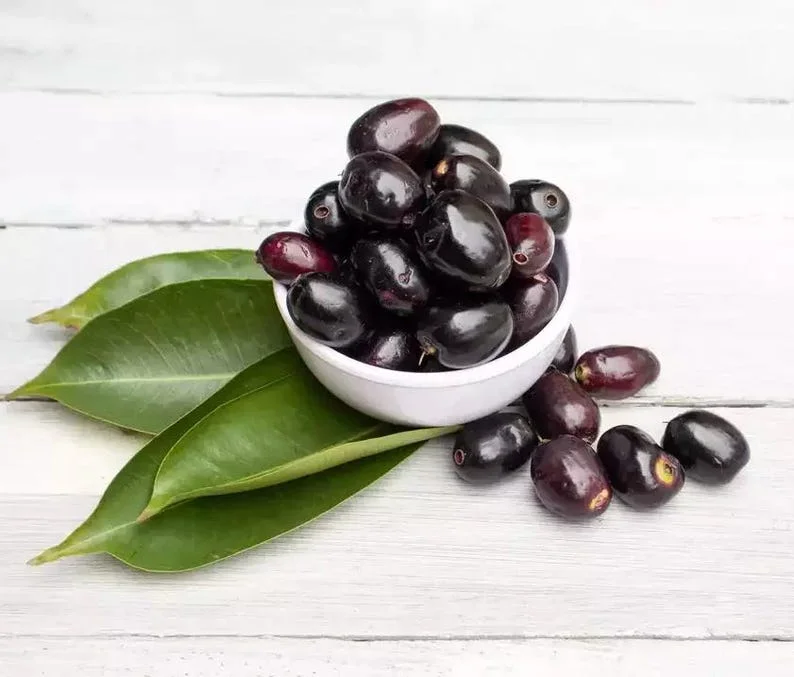
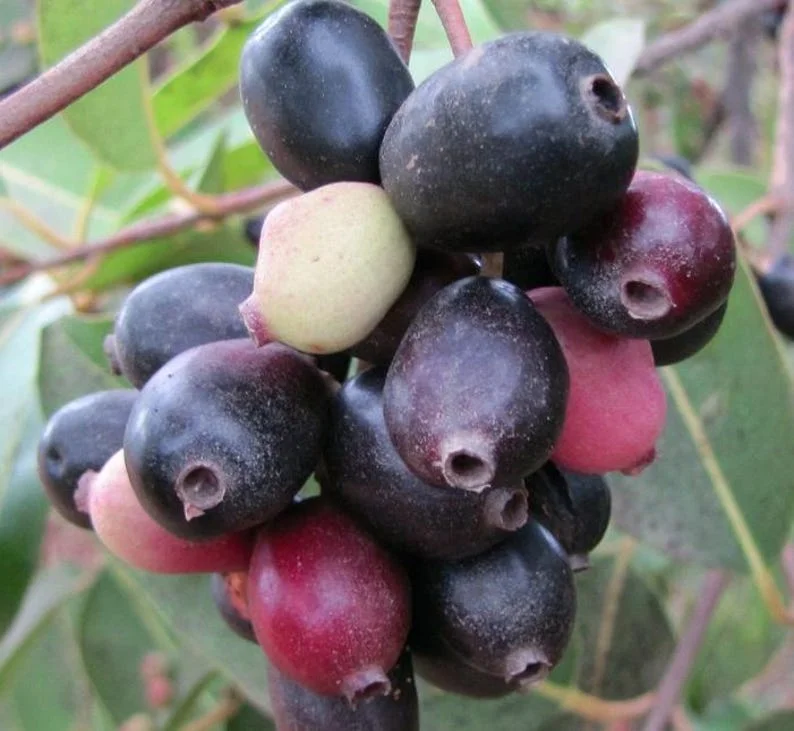
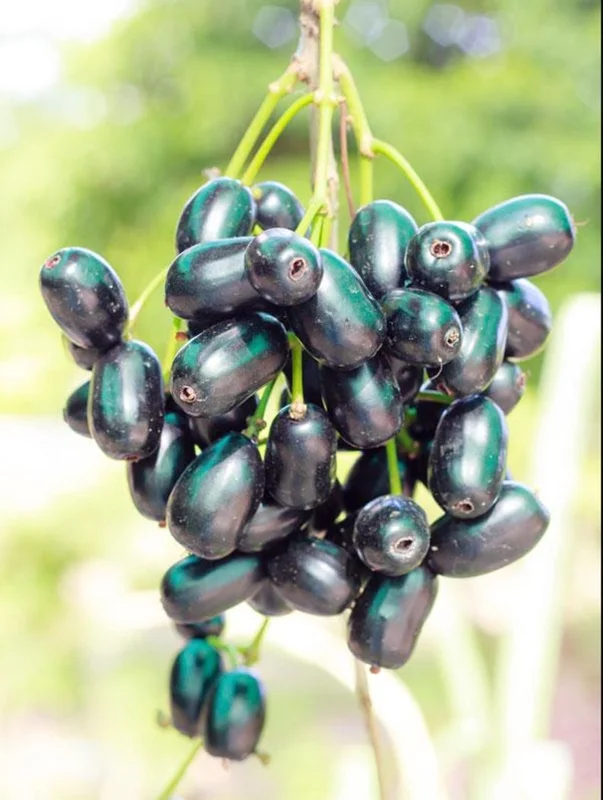
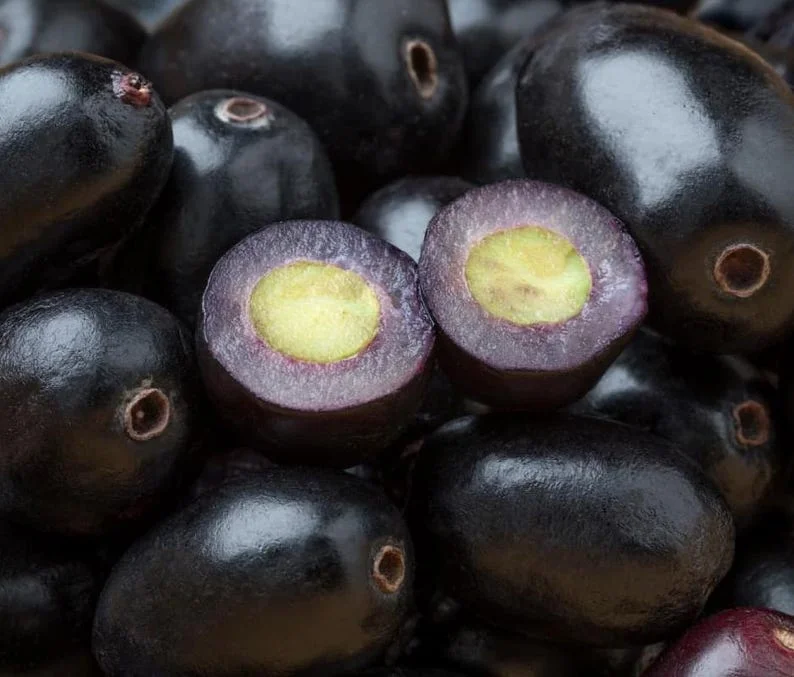
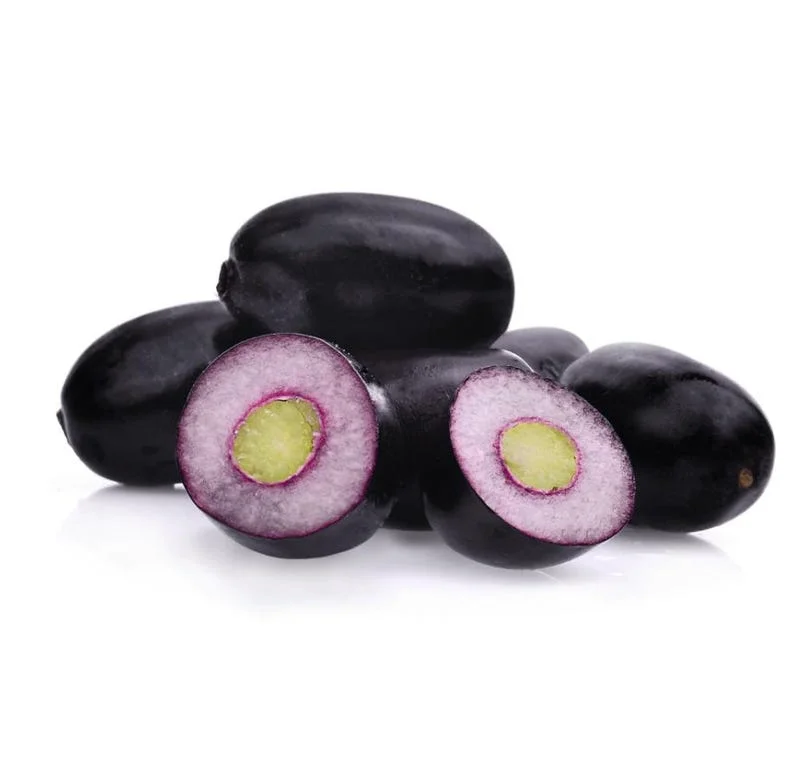
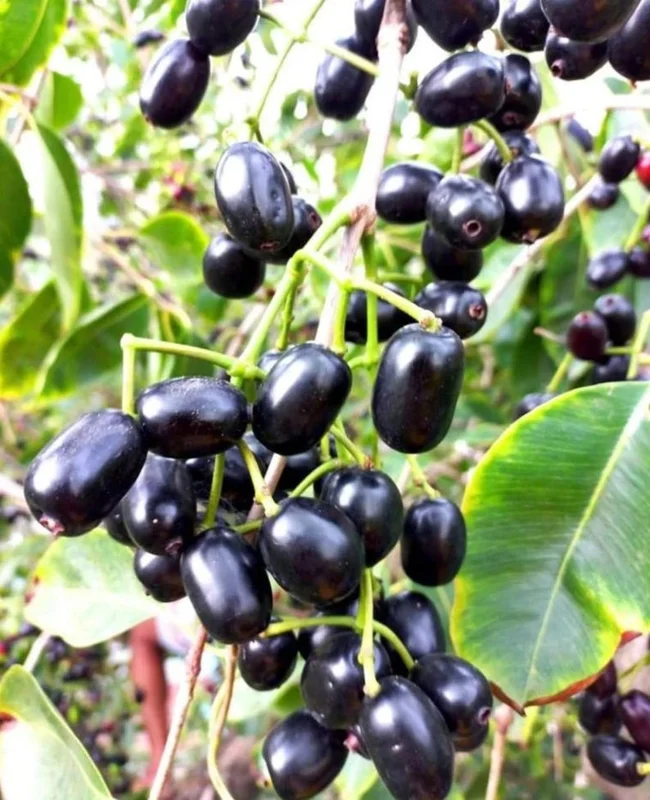
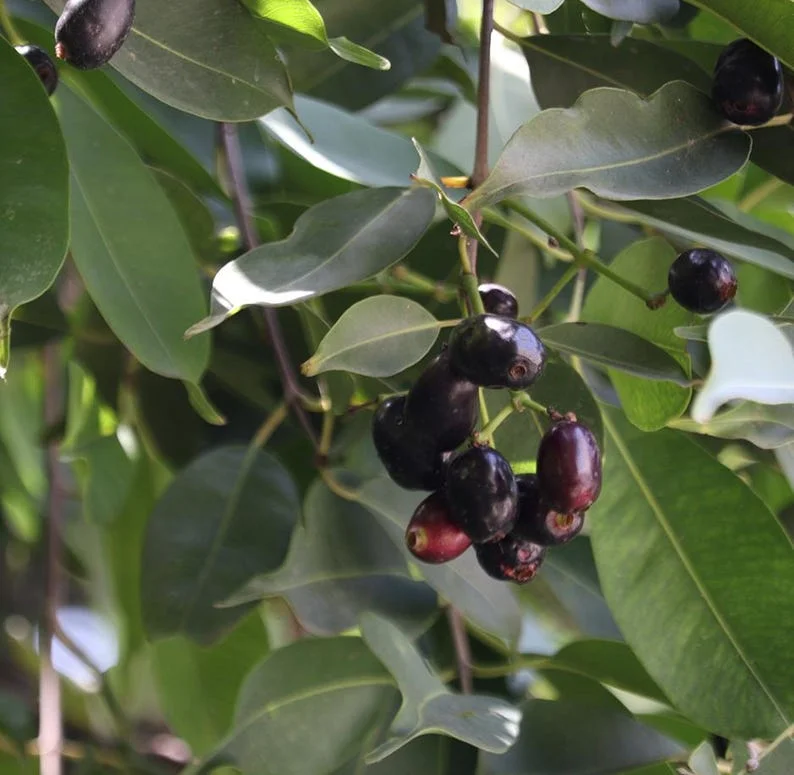
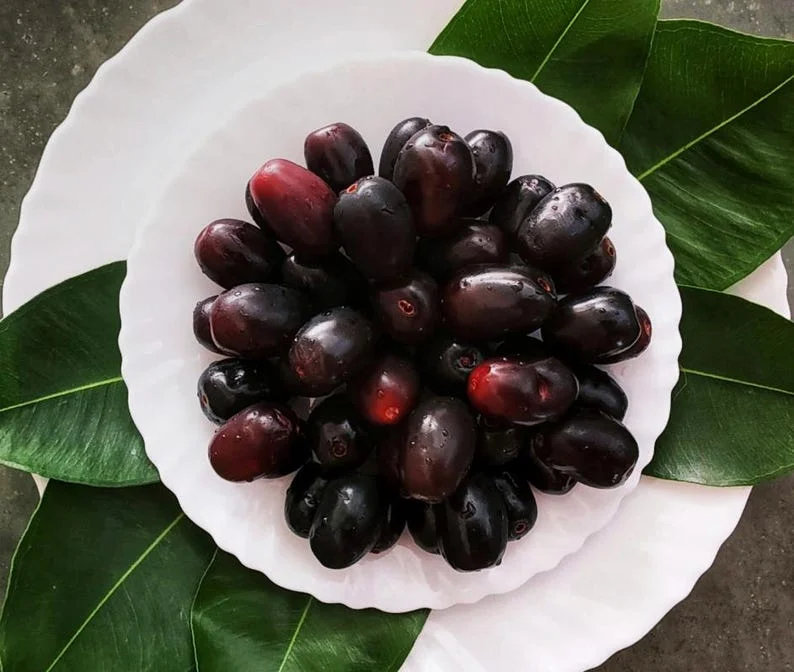
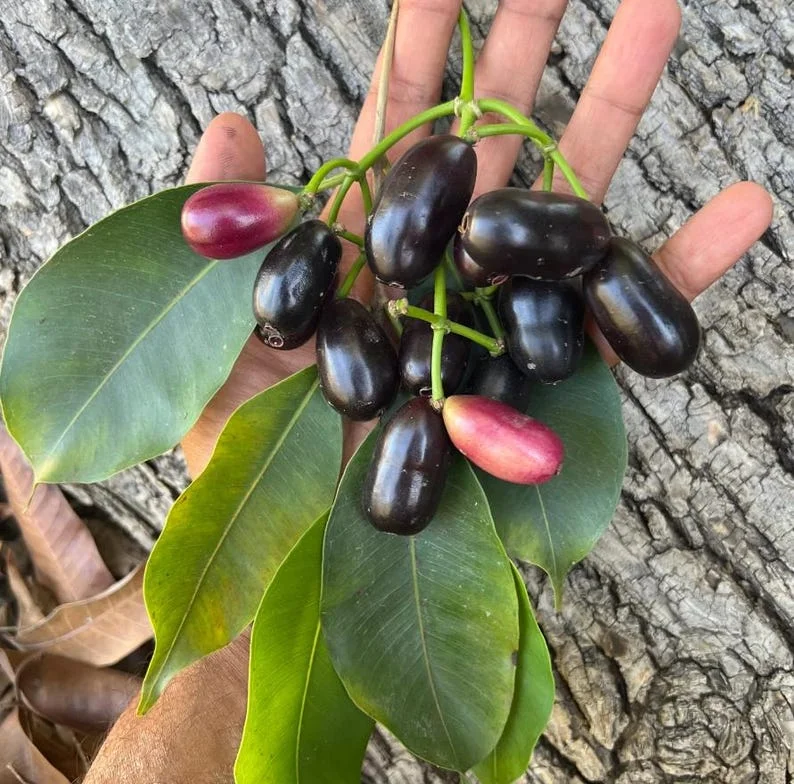

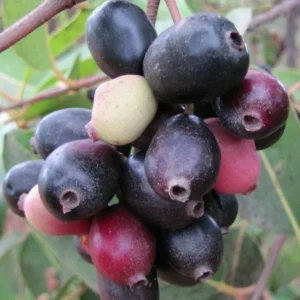
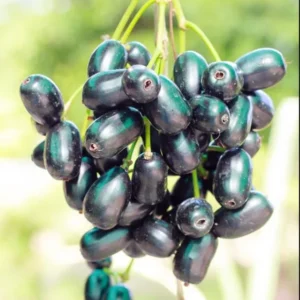

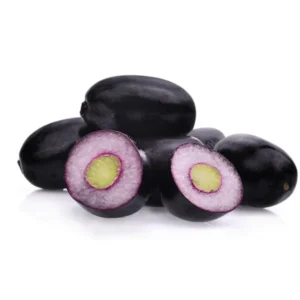

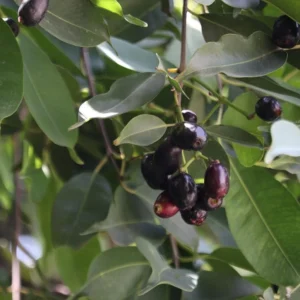
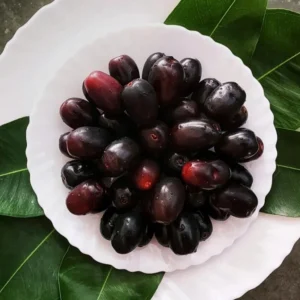


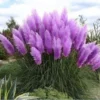


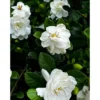

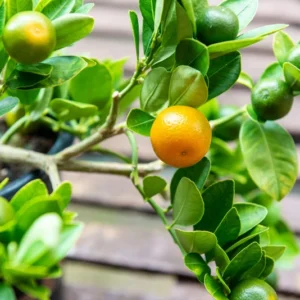
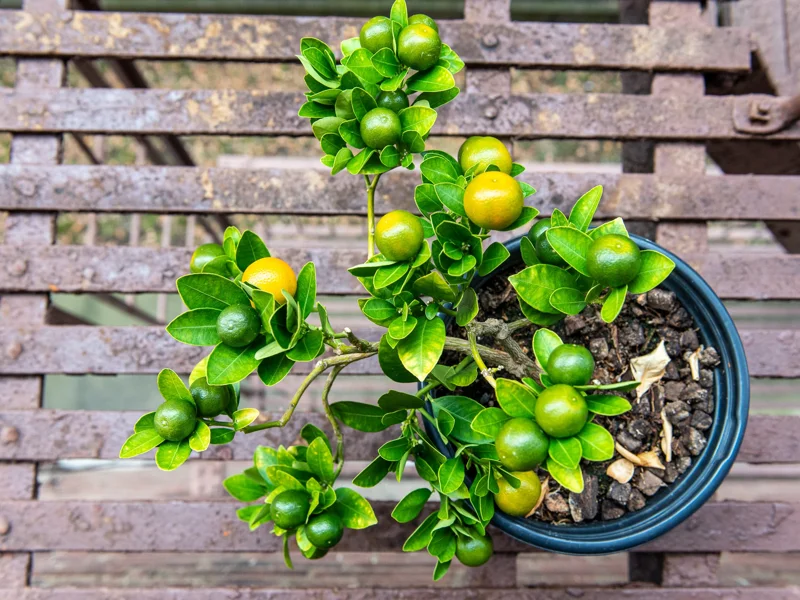
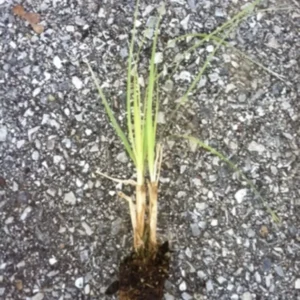
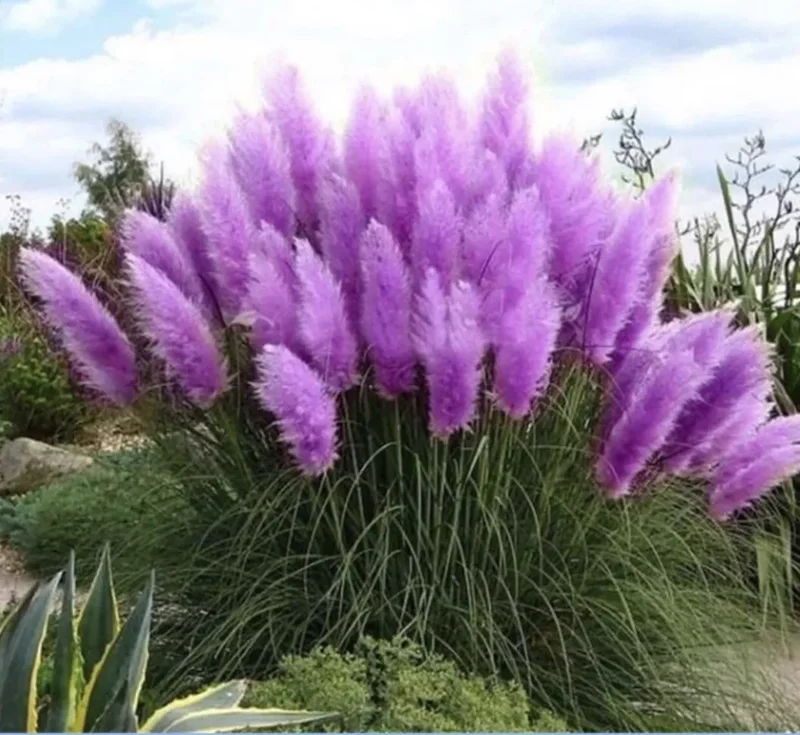
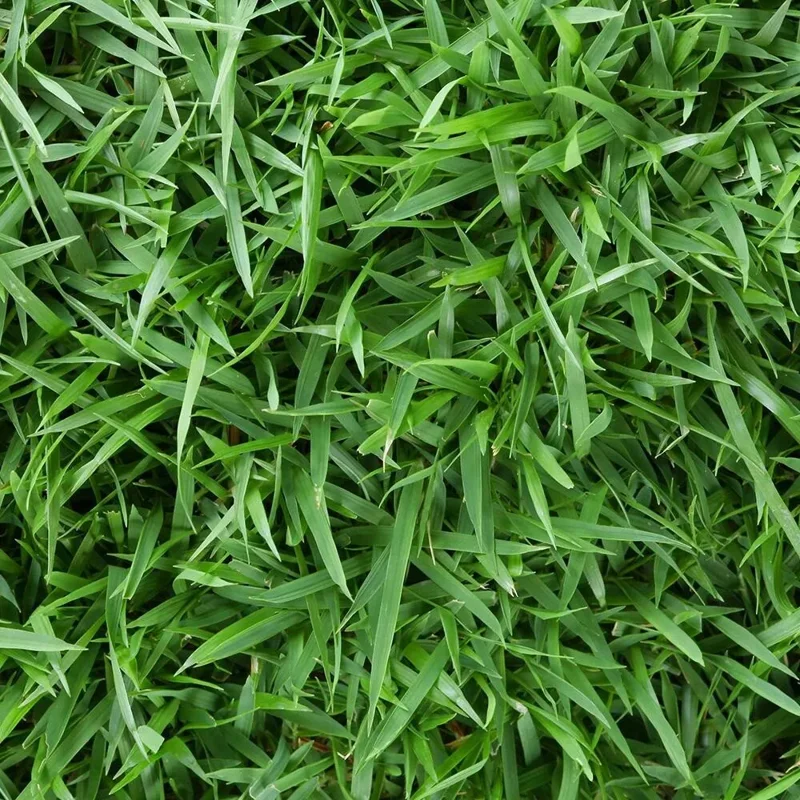



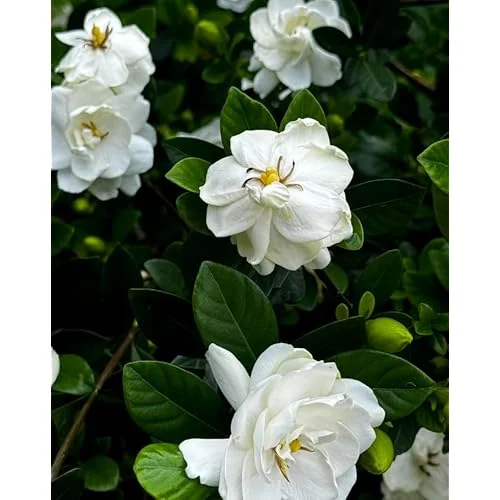
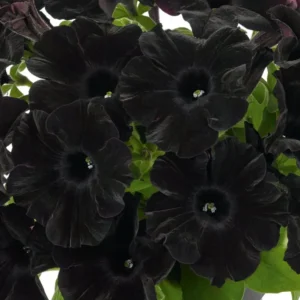
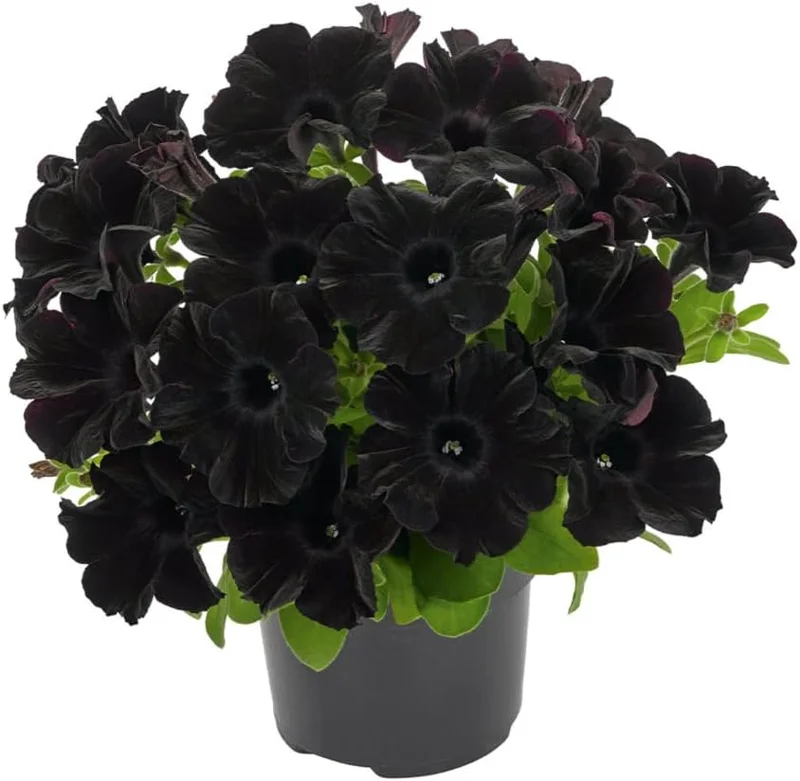
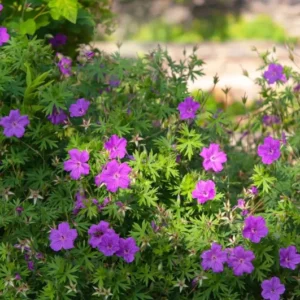
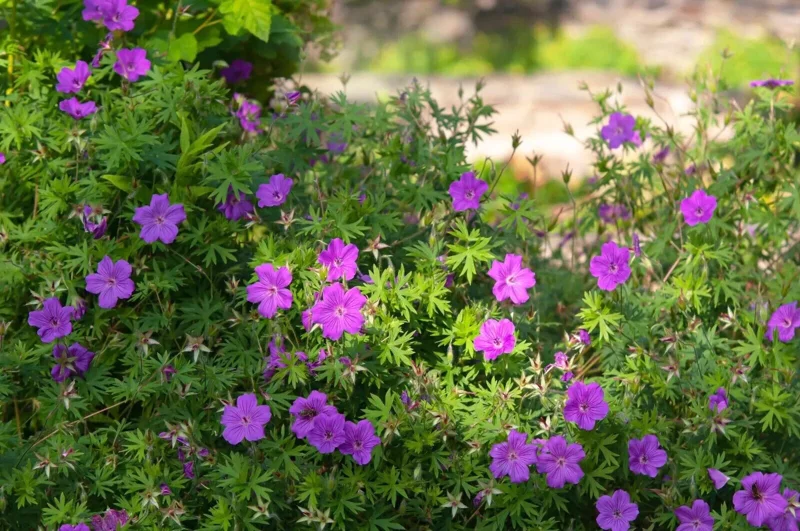
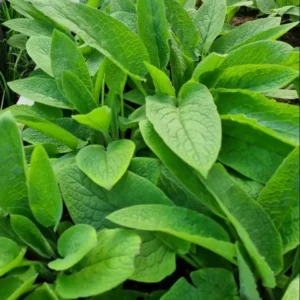
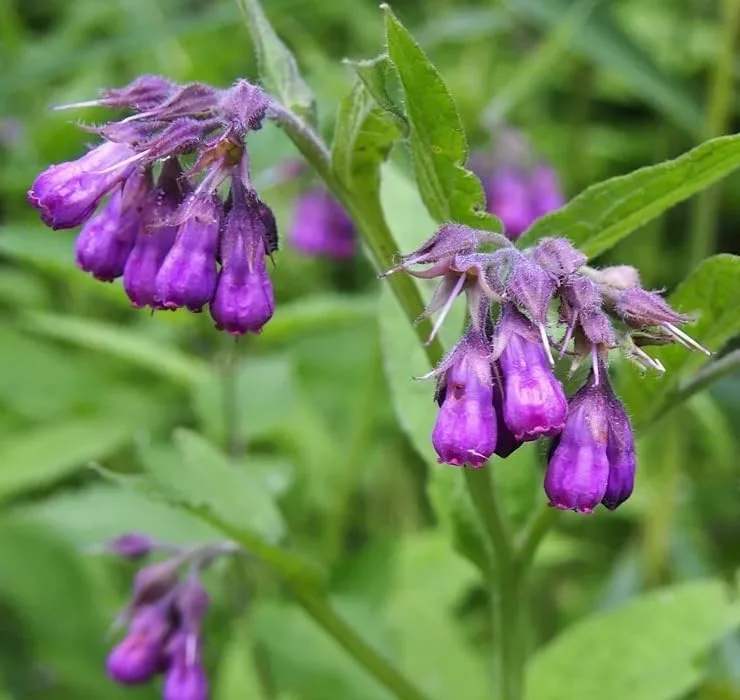
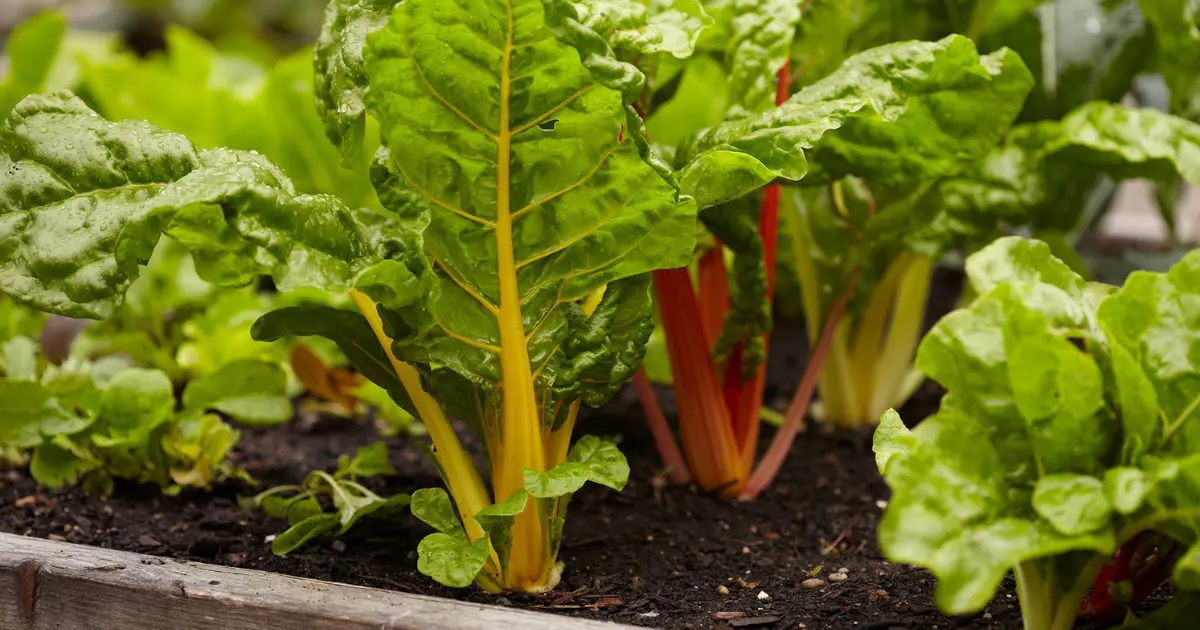
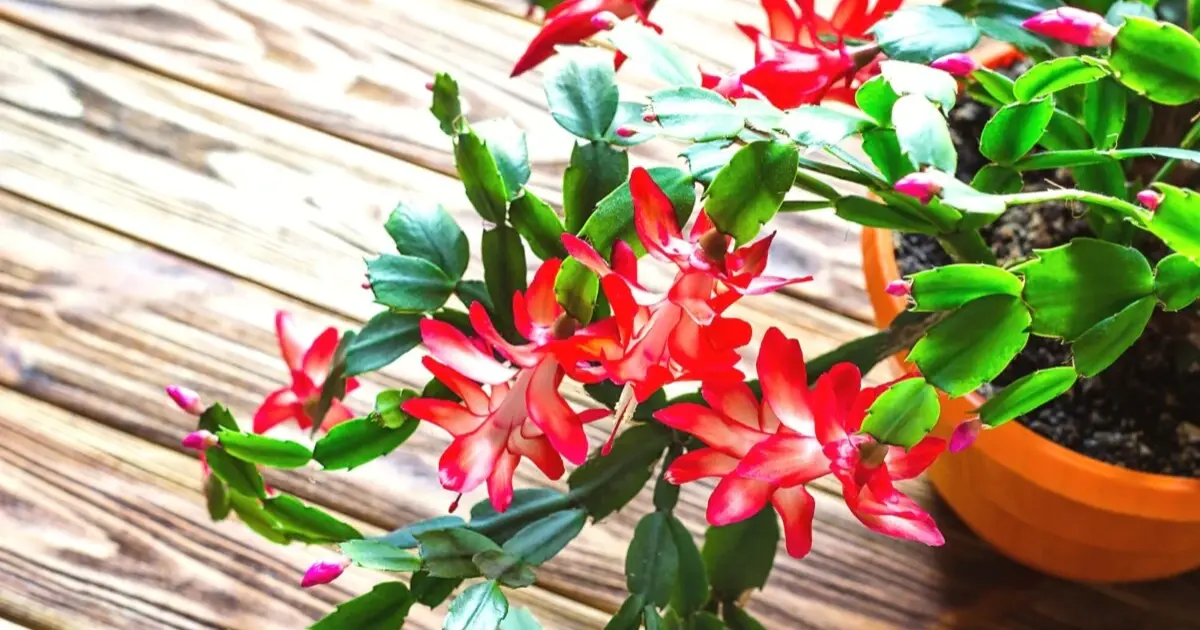
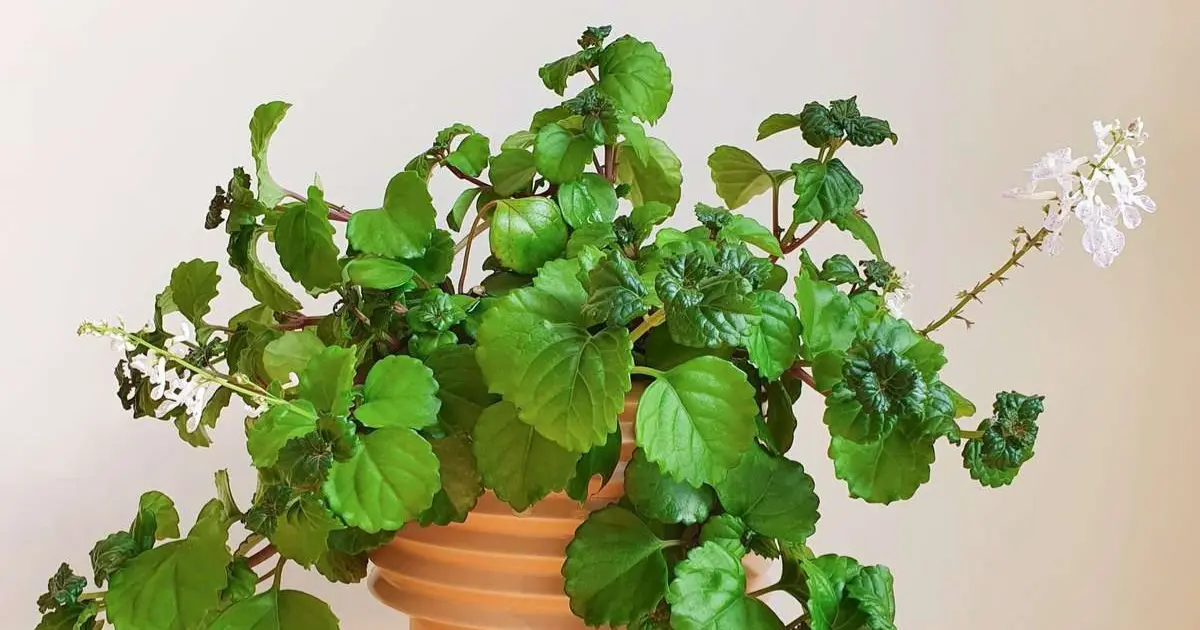
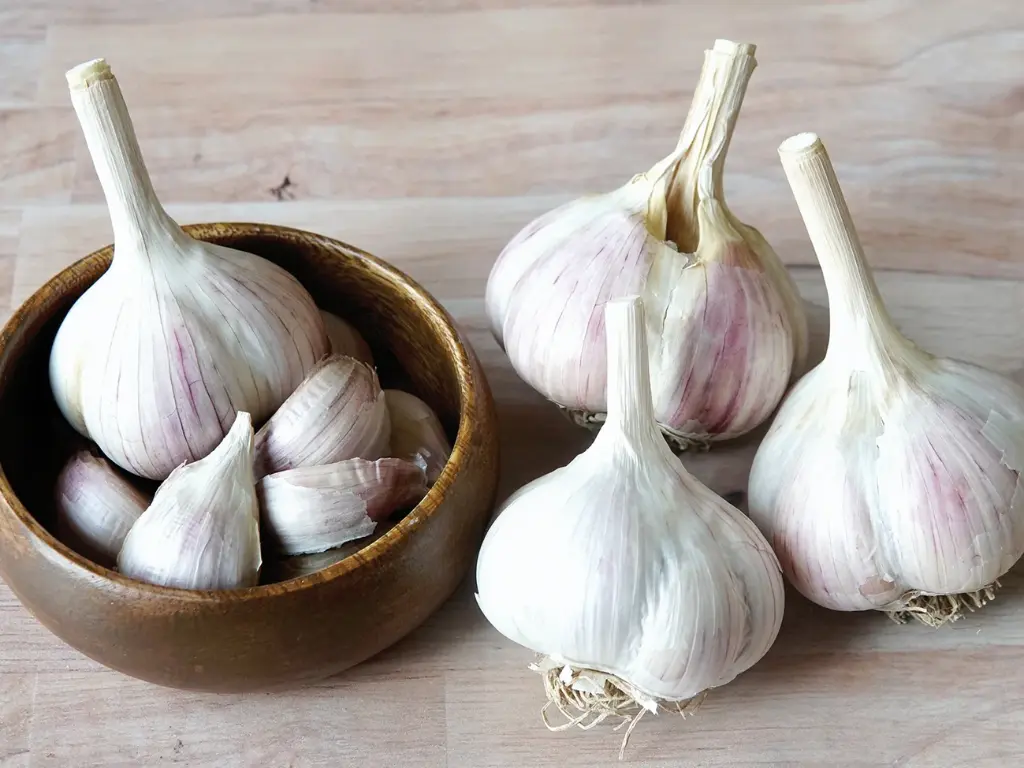
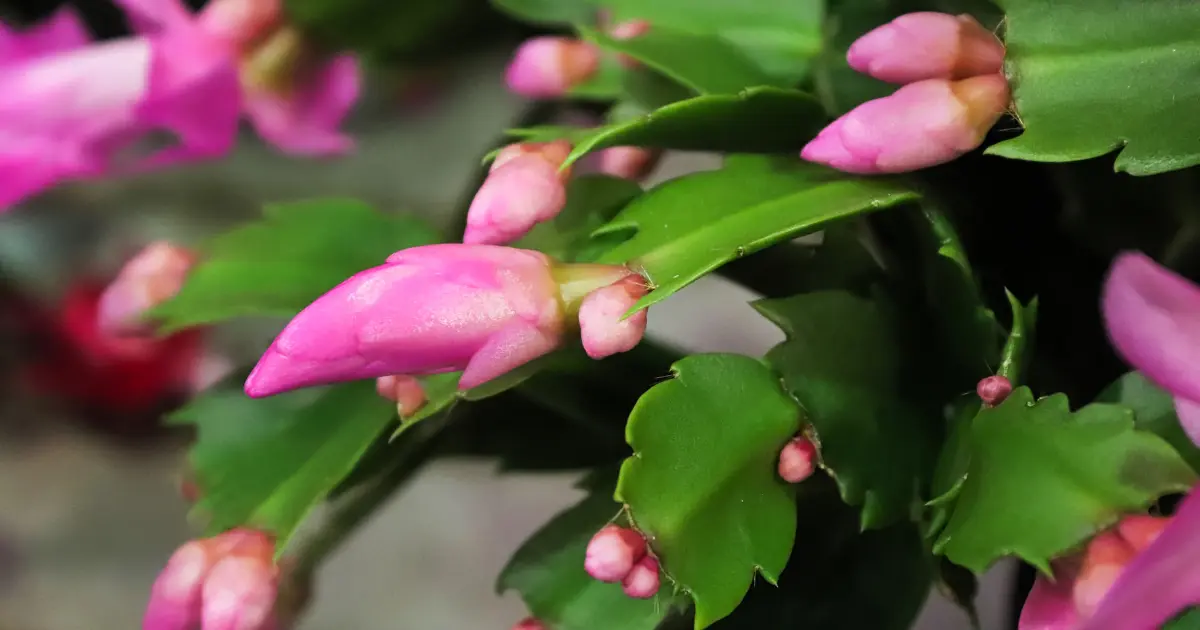

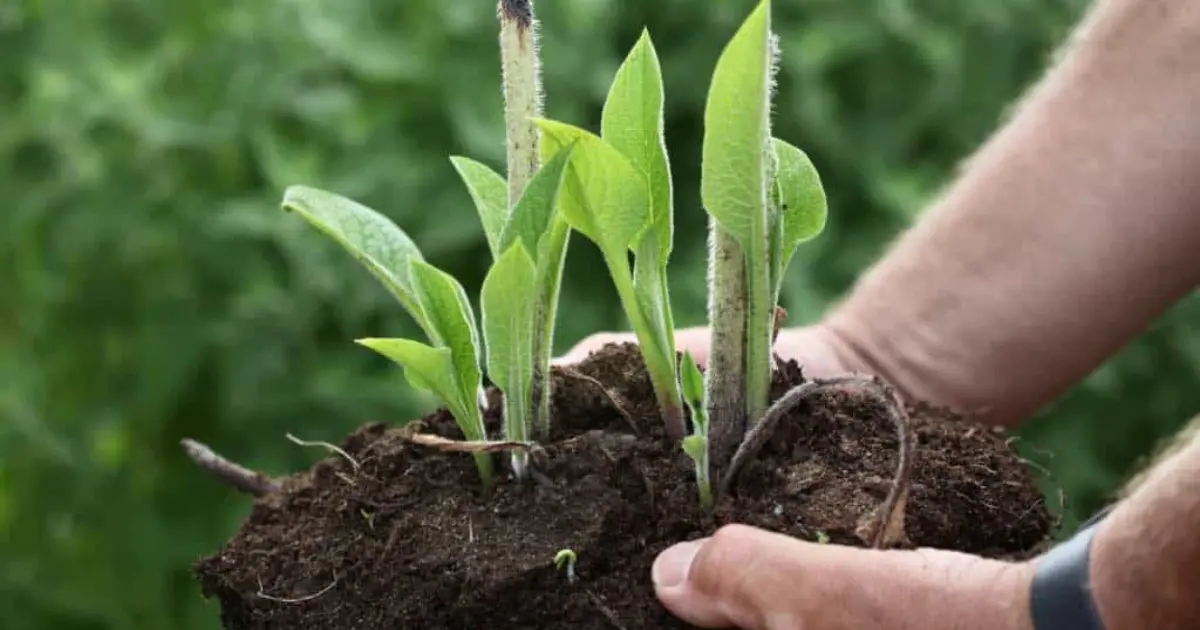
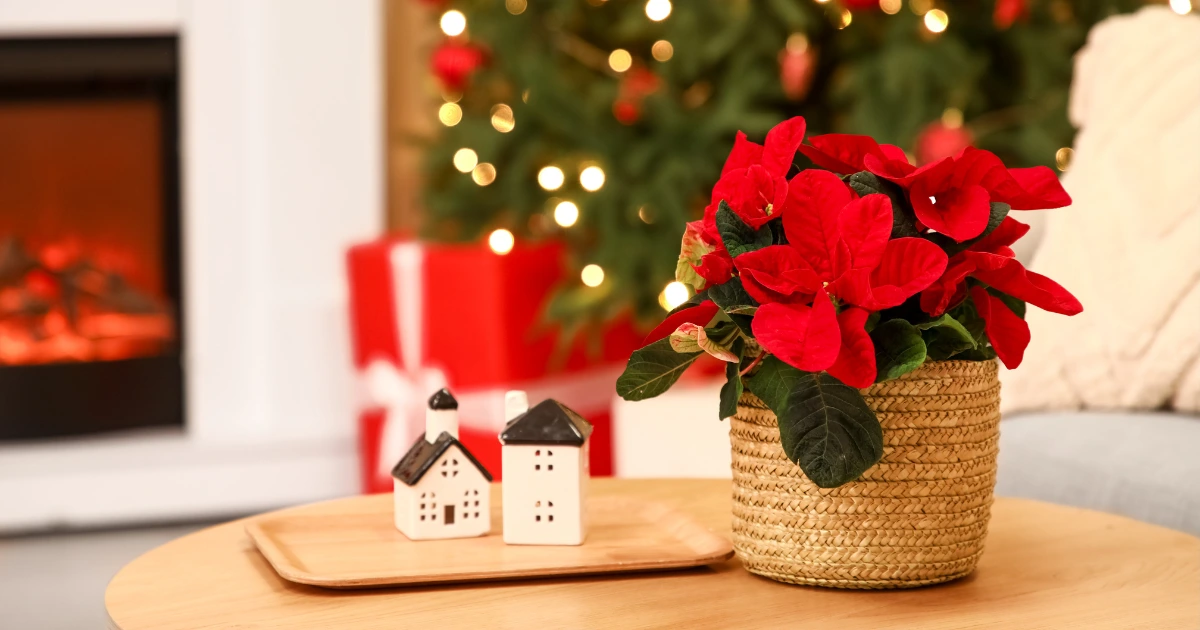
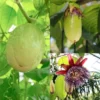

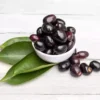
Reviews
There are no reviews yet.